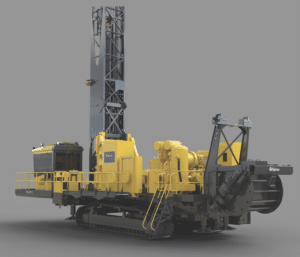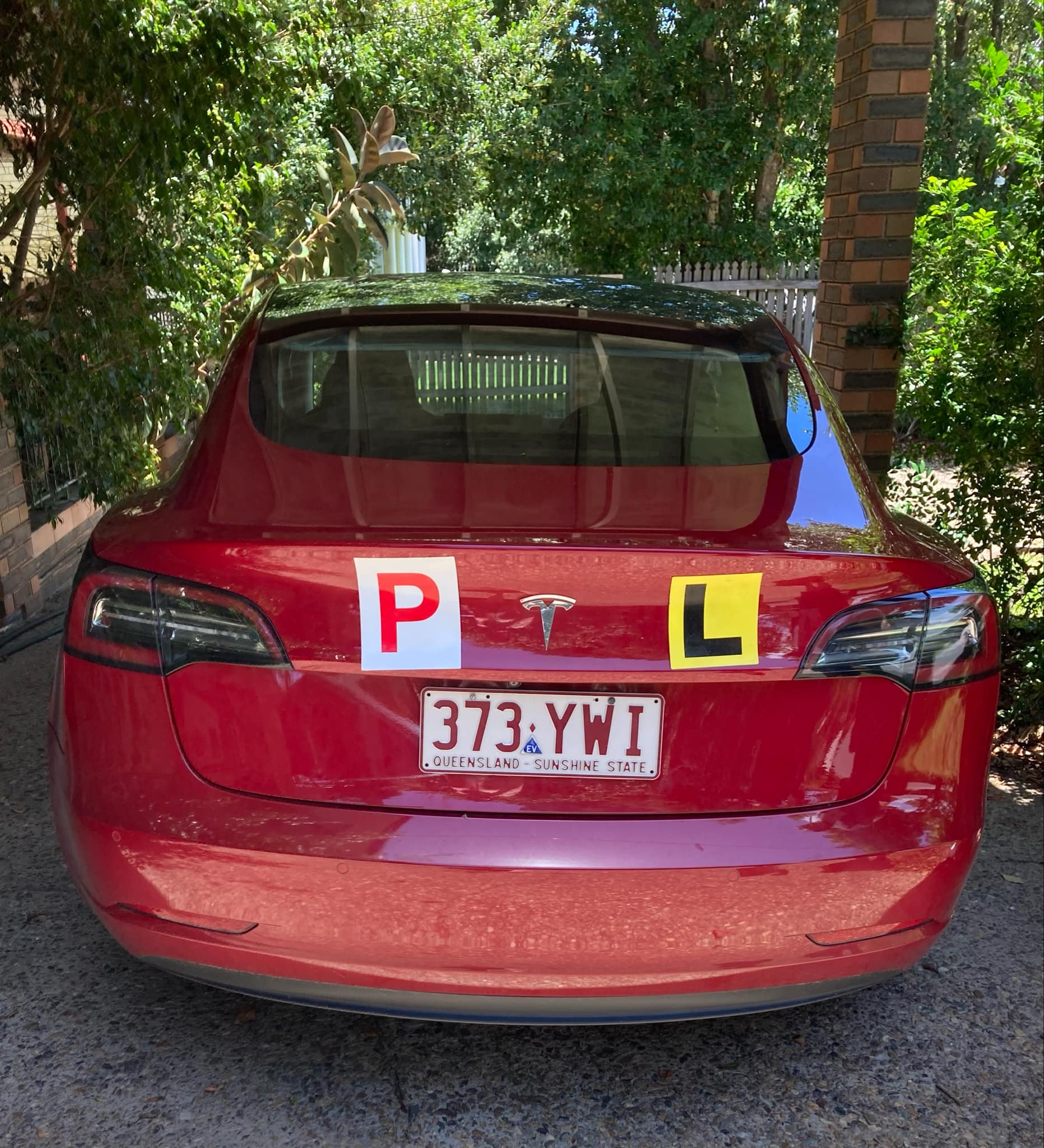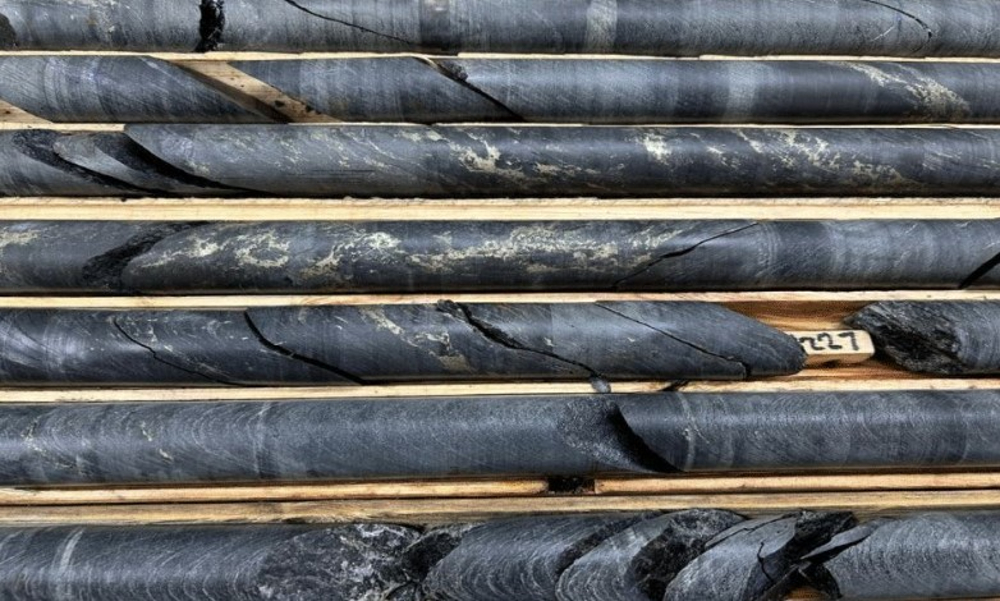Epiroc understands the step changes involved with going electric. So it’s put measures in place to facilitate the transition.
Diesel-powered equipment has long been the most cost-effective option for the sprawling and largely remote Australian mining industry.
With the convenience of the combustion engine and Australia’s traditionally affordable fuel prices, mining companies and contractors haven’t had to think twice about what equipment to buy.
But now that mining’s environmental performance is being questioned, and even reprimanded, the local sector is having to reconsider its methods and the machinery that supports them.
A generational shift is occurring, and that is bringing rise to new environmentally conscious methodologies and technologies, including electric-powered equipment.
In delivering its mission to support the digitalisation, automation and electrification of the global mining industry, Epiroc is at the cutting edge of innovation and sees Australia as a significant growth market for its electrification offerings.
Electrification is gradually becoming more commonplace in underground mines, with Epiroc already offering battery-electric truck, loader and drill options. This includes battery-electric jumbos (Epiroc Boomer range), bolting rigs (Epiroc Boltec range) and production drills (Epiroc Simba range).
Epiroc continues to build out its electric drill range for surface mining, with the original equipment manufacturer (OEM) recently launching new electric Pit Viper blasthole drill rigs.
The Pit Viper 271 E can drill single-pass holes up to 18m with diameters of up to 311mm, while the Pit Viper 275 E can handle multi-pass holes up to 76m with diameters reaching 270mm.
Both of these drills can be configured with Epiroc’s XC (Xtra Capacity) package to provide 85,000 pounds (38.5 tonnes) of bit load capacity, ensuring operators don’t lose out on productivity.
The new models in the electric Pit Viper range are the PV231 E and PV235 E, which are suited to ‘one size smaller’ drilling operations.

Image: Epiroc
These platform drills come fitted with Epiroc’s suite of automation features, as well as smart functionalities that enhance operational safety, accuracy and productivity, all the while eliminating live work.
For clients taking the electrification plunge for the first time, Epiroc can offer integrated solutions for an electric mine, incorporating infrastructure, chargers and other consulting services like electrical audits.
The OEM can also provide support through its Batteries as a Service (BaaS) offering, which removes some of the obstacles that come with making the electric transition.
BaaS moves the upfront costs of batteries from capital expenditure (capex) to operational expenditure (opex), with Epiroc taking full responsibility for the batteries, from certification to maintenance and technology upgrades.
In addition to Epiroc’s battery-powered equipment, BaaS is also available on gear from other OEMs that use Epiroc batteries.
Epiroc also offers electric options. This can come in the form of a battery or electric conversion, which sees a diesel operation retrofitted with electric capability.
Epiroc product manager – drilling solutions Hans Hilden said it is only logical that more and more Australian mining companies will seek out battery and electric conversions.
“Miners understand they need to get the full lifetime out of their assets,” Hilden told Australian Mining.
“And because Australian miners increasingly want to standardise their equipment, we expect more battery and electric conversions to occur as the mining sector decarbonises.”
Battery and electric conversions typically take place in a midlife rebuild, with Epiroc able to refurbish equipment to give it thousands of new hours with a zero-emission footprint.
While the Australian sector has been somewhat behind other markets in its electric uptake, Hilden believes it won’t take many more successful case studies to spark an electric evolution.
“Once we get more proven customer cases, it can open the door for electric technologies to become more accepted in Australia and in mining,” he said.
“I’ve seen that happen in the automation field of mining equipment, and I expect it to be the same case with electrification.”
Hilden said the Australian mining sector’s Tier 1 companies and contractors have been particularly proactive in deploying electric technologies.
“The big players in the mining industry are showing great interest to start moving towards something other than diesel-powered machinery, including in the drilling space,” he said.
“Soon enough, electrification won’t be optional but mandatory, and it’s going to be a really interesting five to 10 years to see how far the mining industry actually evolves.”
This feature appeared in the May 2024 issue of Australian Mining.



